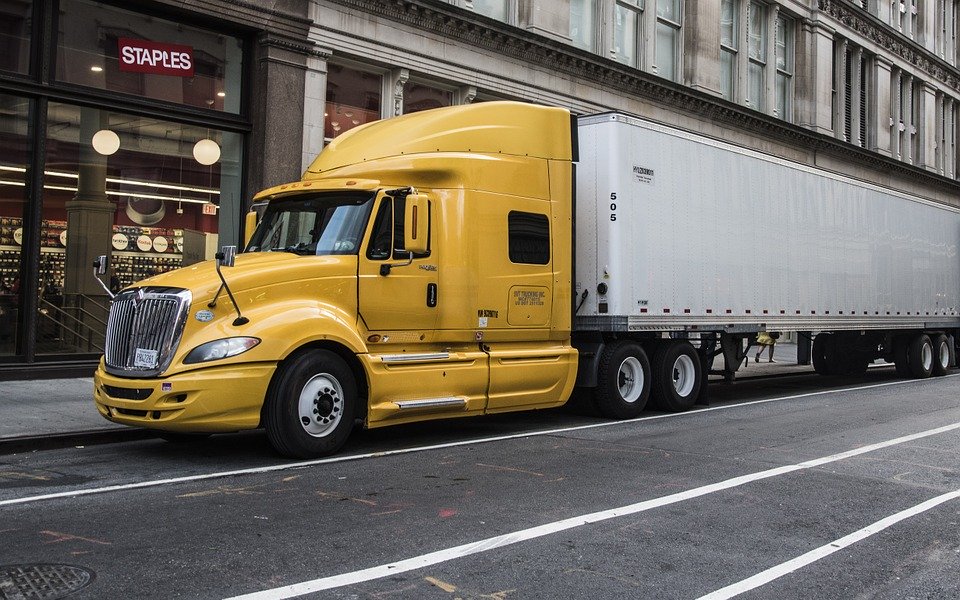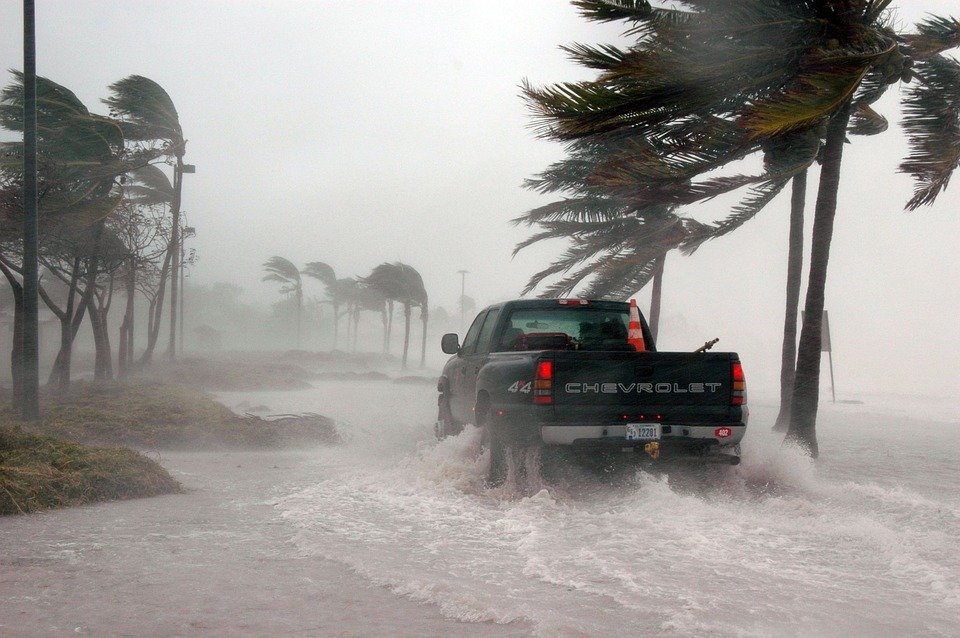How Women are Changing the Trucking Industry

Trucking is no easy job. With late nights and operating heavy machinery, truck driving is a demanding career that often has its employees far from home. It has been a male-dominated profession since it began, however, that is beginning to change. Over the past few years, women have started getting behind the wheel and becoming truckers themselves. This rise in women truck drivers is dramatically changing the trucking industry for the better. It has been the perfect solution to the shortage in truck drivers across the country, and it is empowering women to be more independent. However, while there are many positives to women entering the trucking industry, the change does not come without its challenges.
Women Truck Drivers Met with Skepticism
The gender gap is closing in the trucking industry, but women still have to prove their place at transportation companies. In an interview about her journey from truck driver to VP of environmental affairs and domestic plant engineering at UPS, Tamara Barker recounts her size coming into question when applying for a driving position. Referring to the human resources recruiter, Barker states, “She explained that the job of a UPS package delivery driver was a very difficult one, where candidates would be required to drive large vehicles safely and deliver 300 to 400 packages a day. She questioned my stature and ability to do that.” Despite the recruiter’s apprehension, Barker became a UPS driver and then worked her way to the top of the company.
Other women truck drivers have experienced similar skepticism and even recount male truck drivers closely watching as they back their rigs into decks. One driver with 15 years of experience states, “I’ve had men tell me, ‘Why aren’t you home having babies?’” However, it is these same women who encourage others to pursue their passions despite any challenges that may come their way.
Barker says in her interview. “I encourage women to know who they are, know what they want, and have a plan to get there. Find your style of management and be confident.”
How Women are Improving the Trucking Industry
While there may be growing pains, the influx in women truck drivers is doing a lot of good for the trucking industry as well as communities all over the country. Most importantly, women are helping end the trucker shortage. Trucking isn’t an easy job, and since it requires long hours and oftentimes dangerous weather conditions, the industry has suffered a deficit in interested candidates. However, thanks to the increase in women, the trucker shortage is ending. This means that less stress is being put on current truck drivers and trucking businesses, and communities are able to get their goods delivered more effectively.
New truck driver Faye Clark discusses why she enjoys her job as a truck driver saying, “My favorite thing is knowing I can handle something that big on the road, and be able to transport the merchandise people need these days.”
Looking to the Future
As of 2018, only 6% of the US’s truck drivers are women. However, there are many initiatives working to raise that number by showing women and girls that truck driving could be a good choice for their futures. The CDS Tractor Trailer Training program recently worked with Virginia Western to create a billboard ad on the back of a tractor trailer to help recruit women to their training program in Roanoke, Virginia. The ad has proven to be a success, and many women have said the billboard allowed them to see themselves behind the wheel of the tractor trailer for the first time. “We’ve seen a huge uptick in the number of women who have come into our program,” said Crystal Kennedy, of CDS Tractor Trailer Training. “We’re up to about 10 percent of our student population being women.”
As a way to introduce trucking as a career option to young girls, the Women in Trucking Associating worked with the Girl Scouts of America to create a Girl Scout Transportation Patch.
These initiatives, along with other recruitment tactics, will not only ensure that more and more women choose truck driving as a career, but they will also allow women to be educated about their career options at every age.
Overall, the rise of women in trucking is doing a lot of good for the industry. Not only is it filling job positions and helping end a trucking shortage across the country, but it is putting a stop to workforce stereotypes. Encouraging diversity in any industry allows new voices to be heard, which will lead to new ideas and progress in all areas of business. On the subject, Tamara Barker says, “While I have seen more women in leadership roles over the years and it’s important to be at the table, it is far more important to have a voice that is heard. Once the voices and opinions of all are equally considered, regardless of gender, we will see changes in the industry.”
Looking to start your trucking career? Mission Financial Services can help with all of your financing needs and get you behind the wheel in no time.





